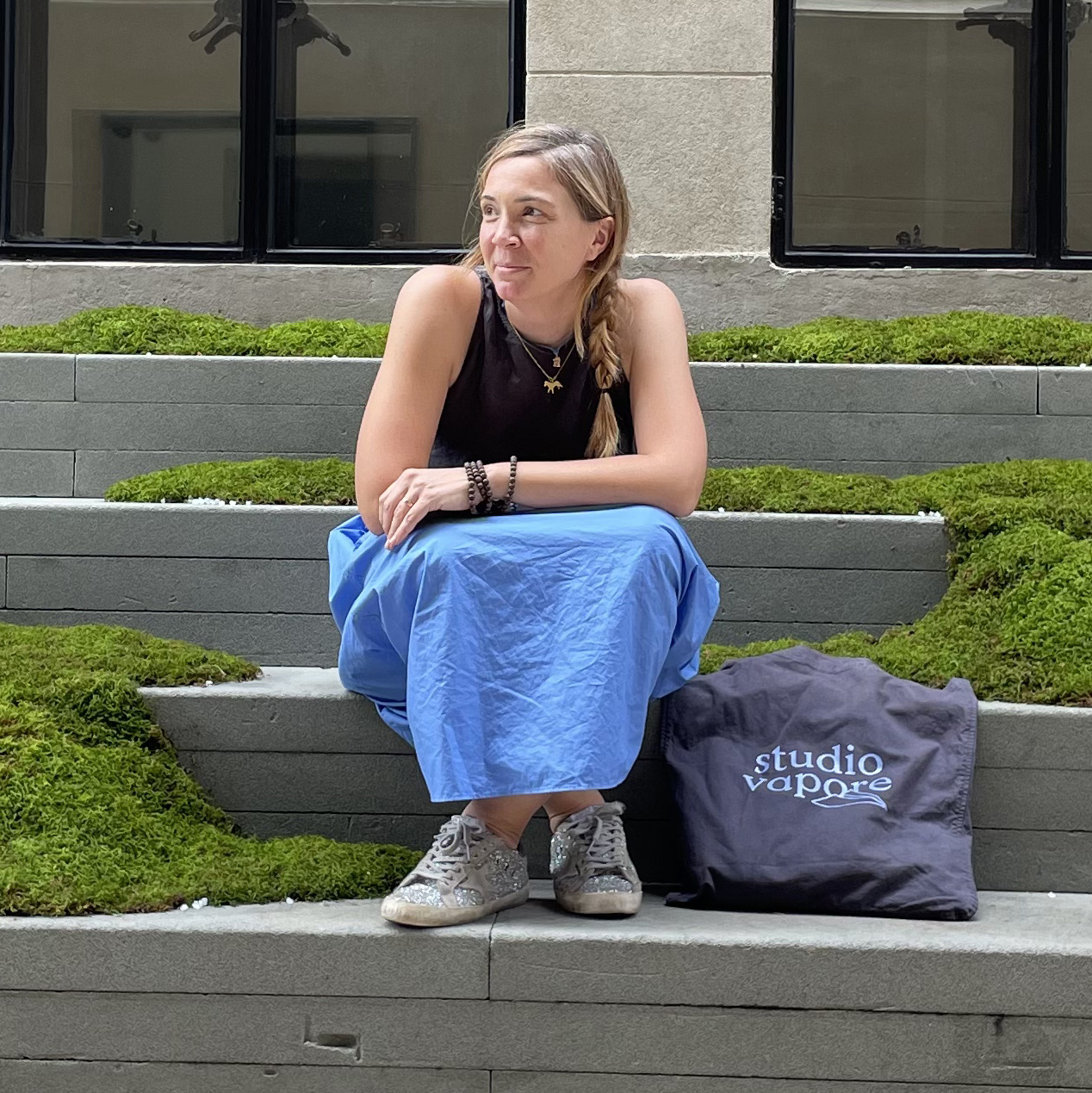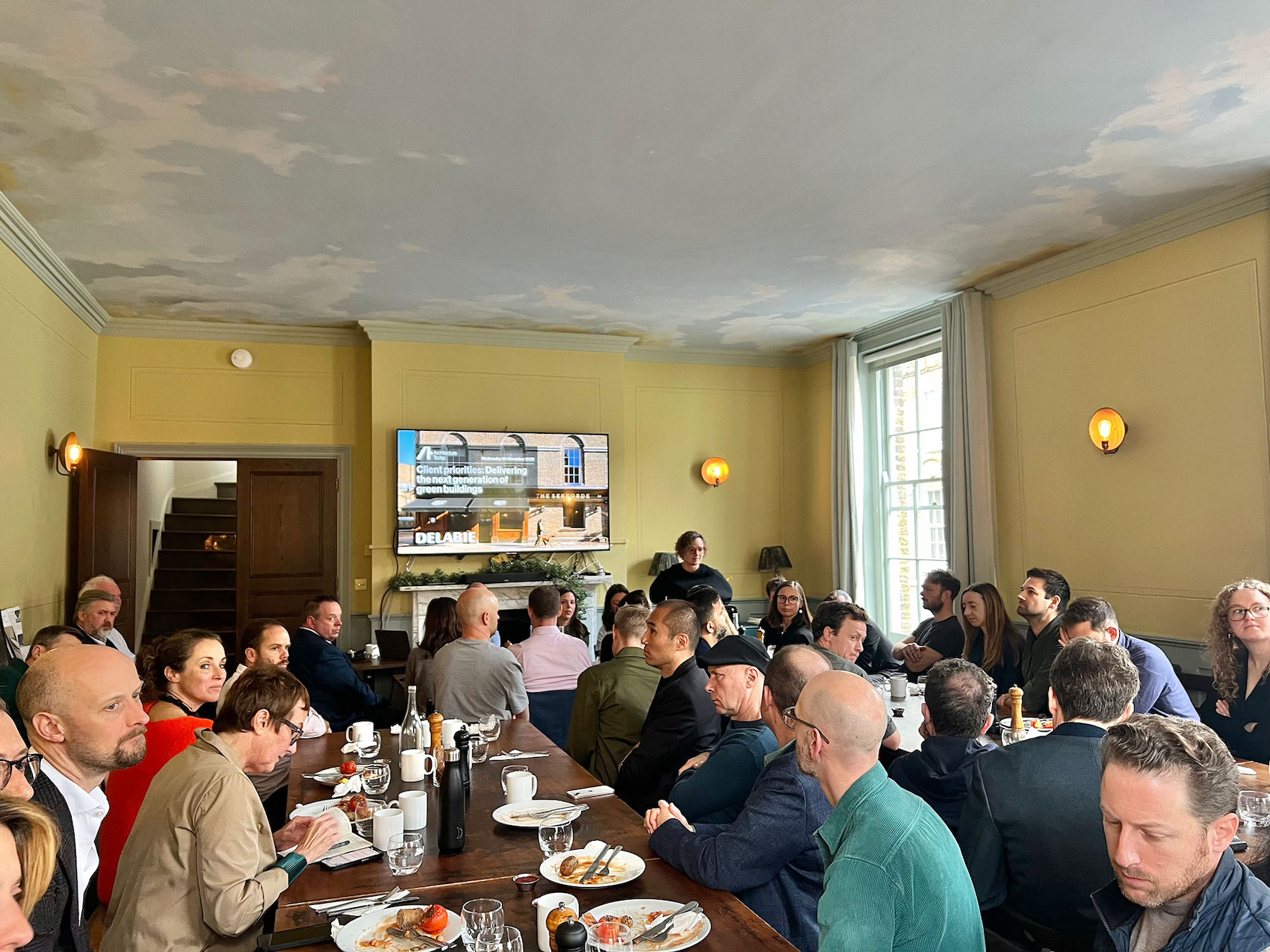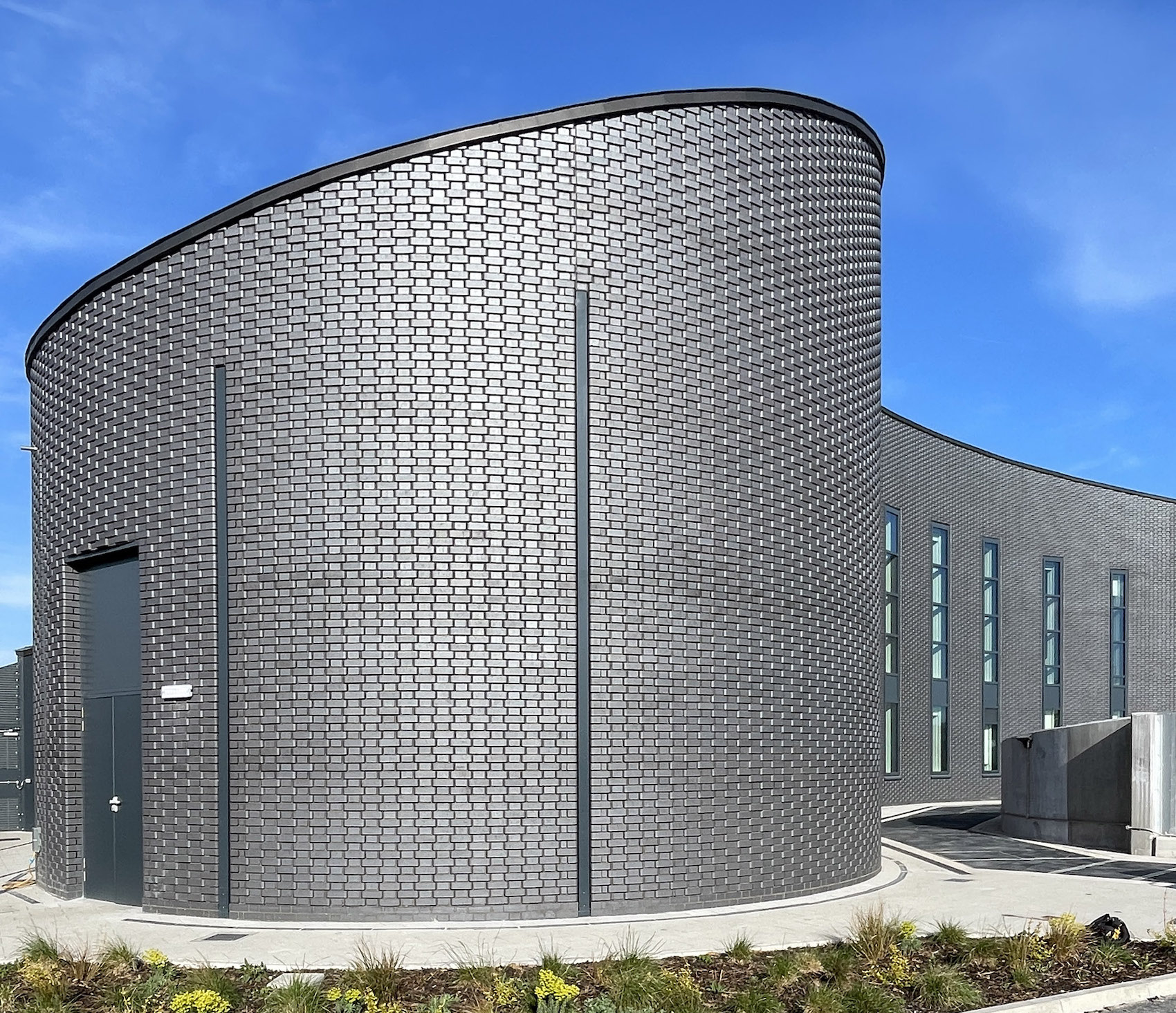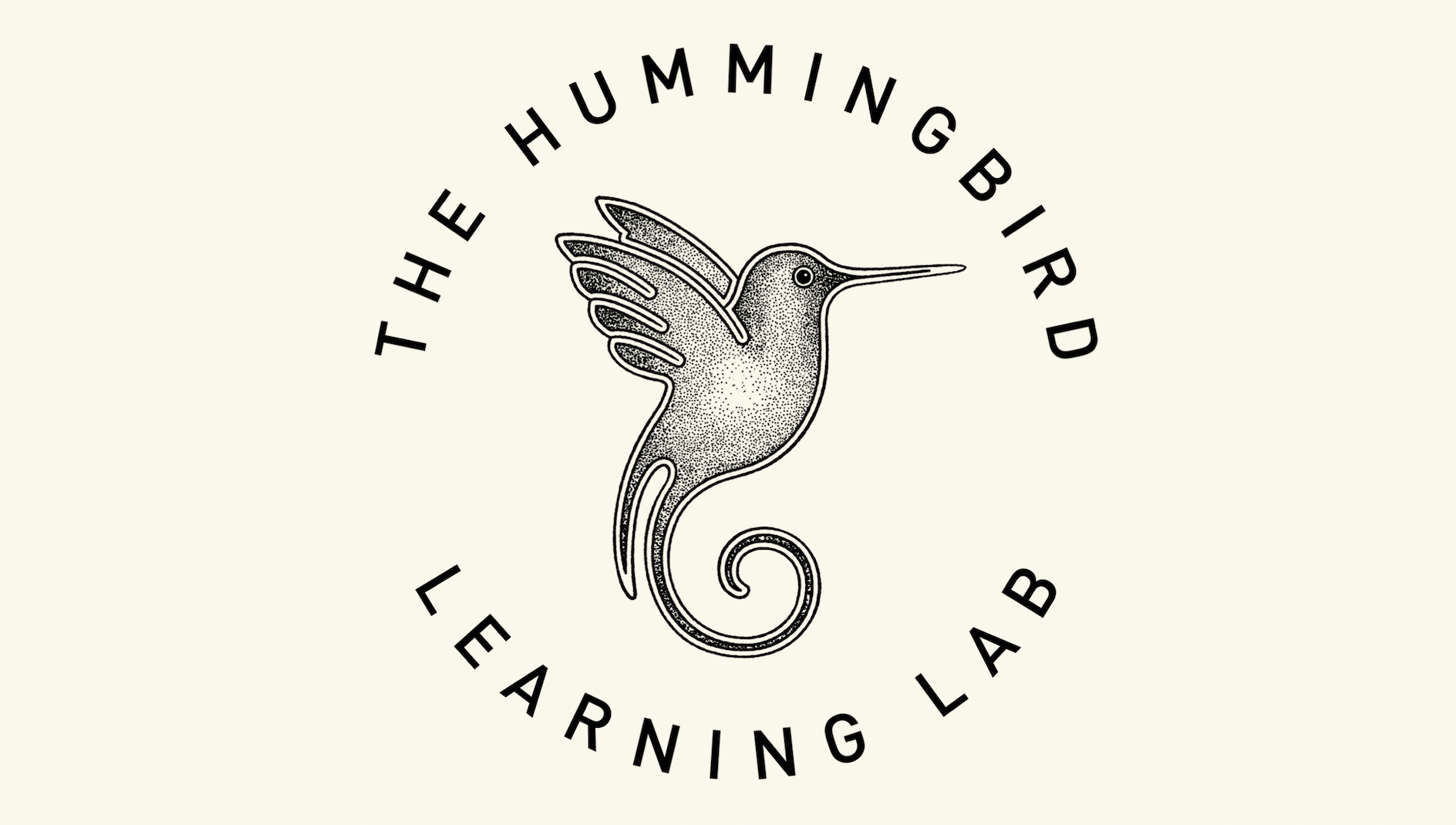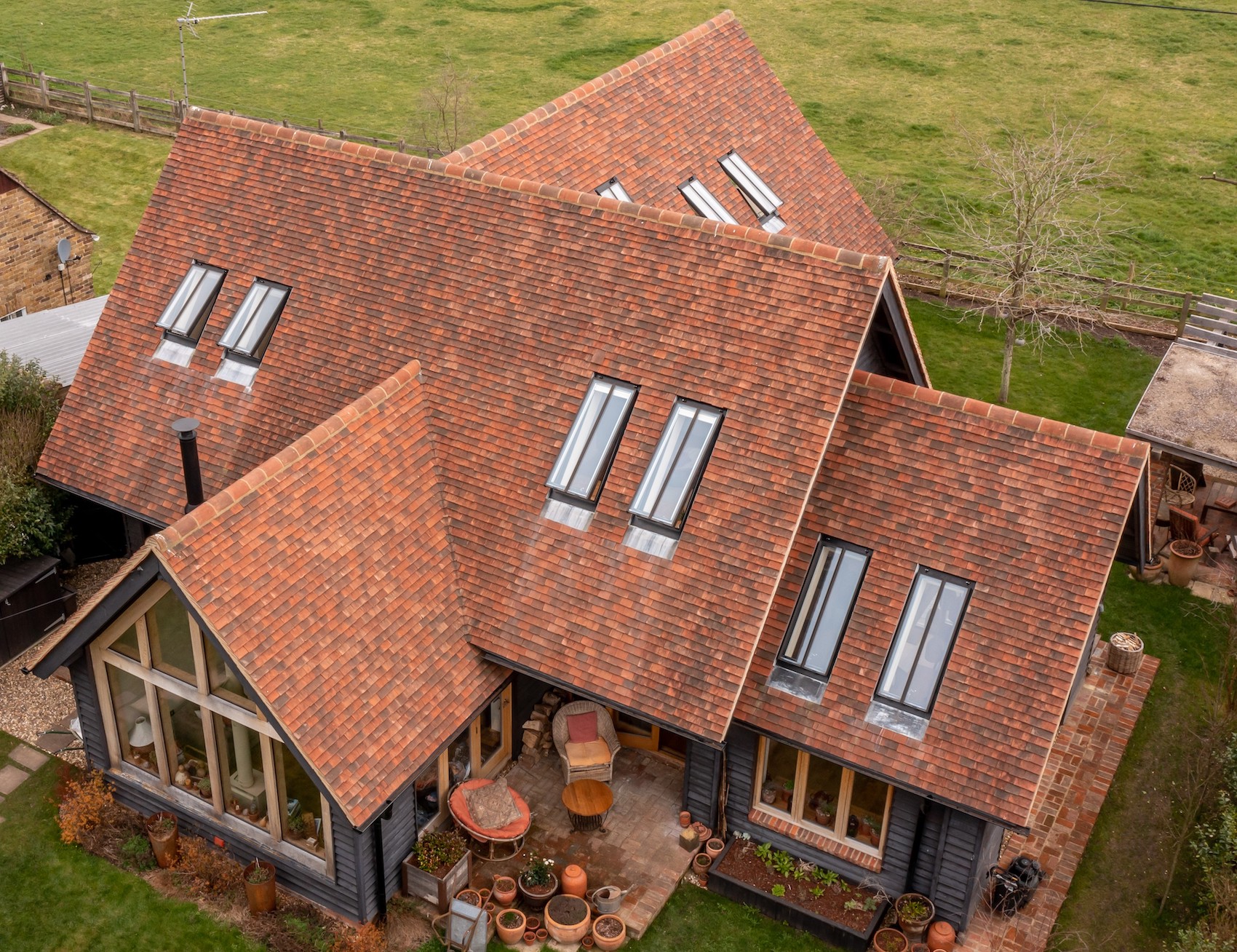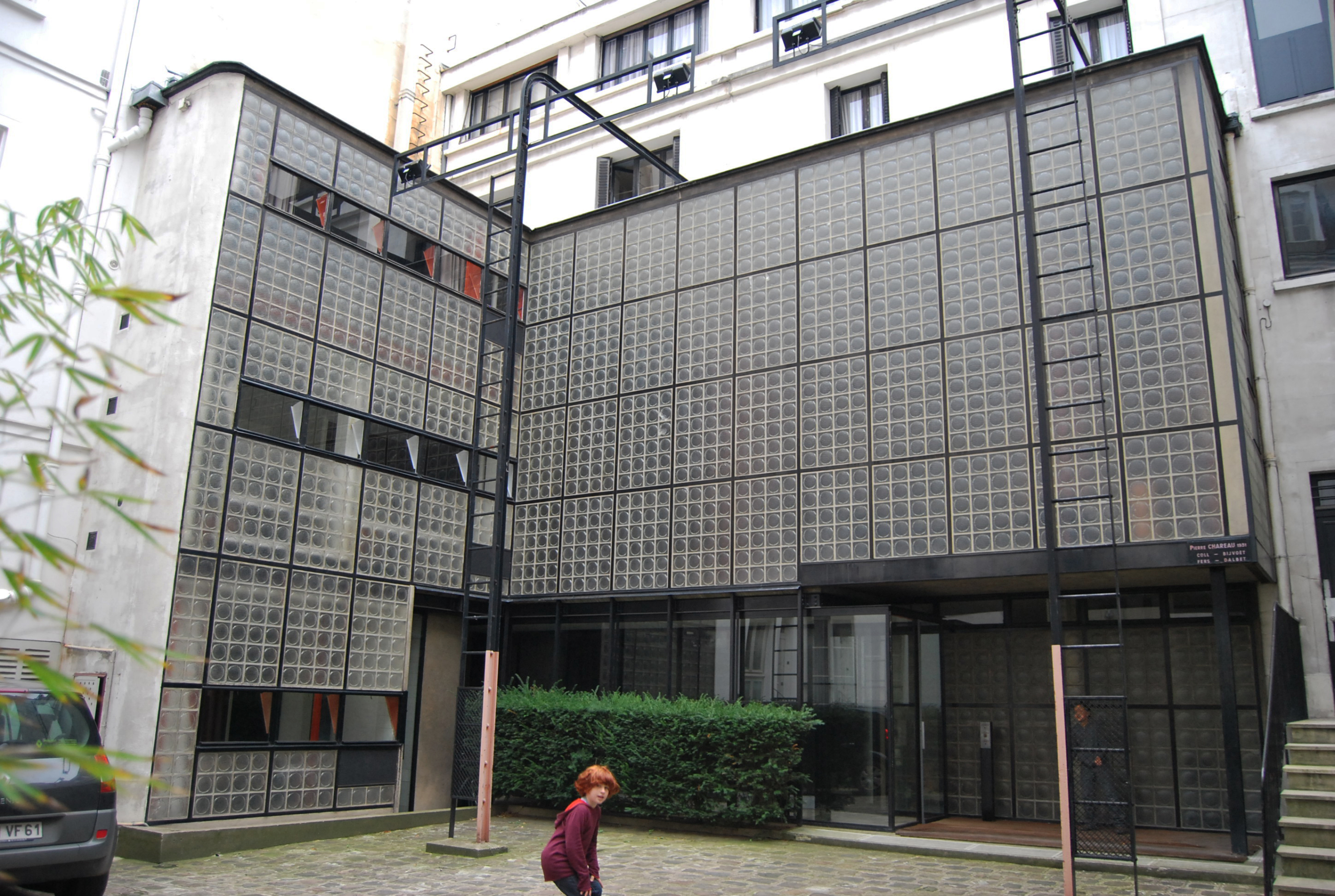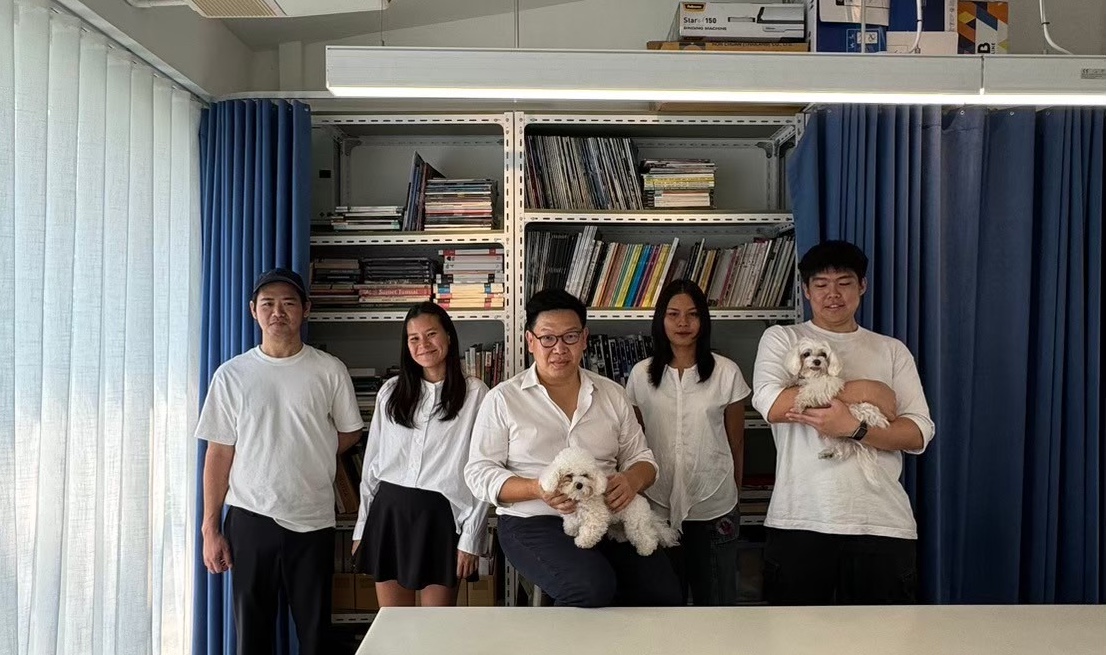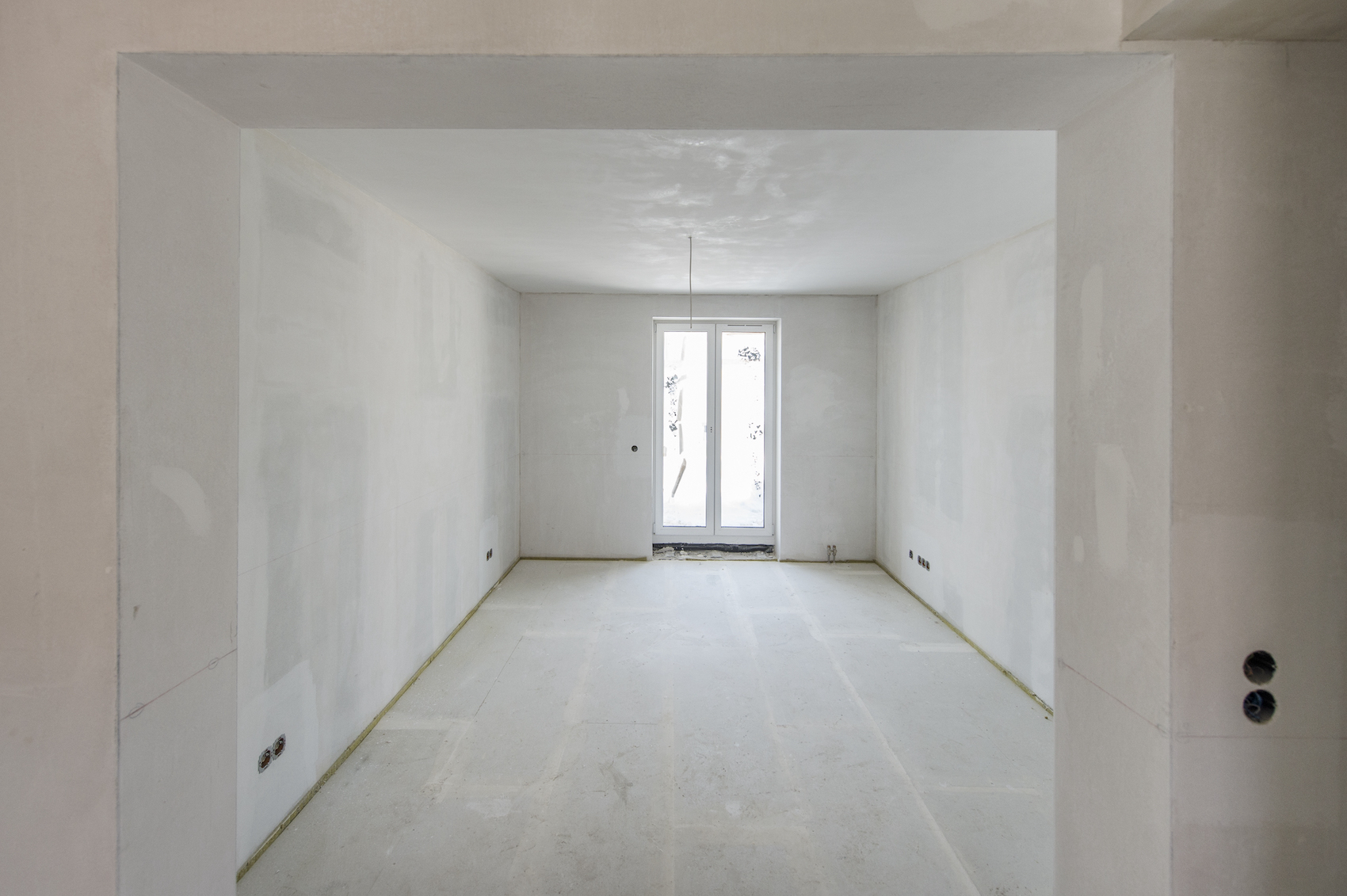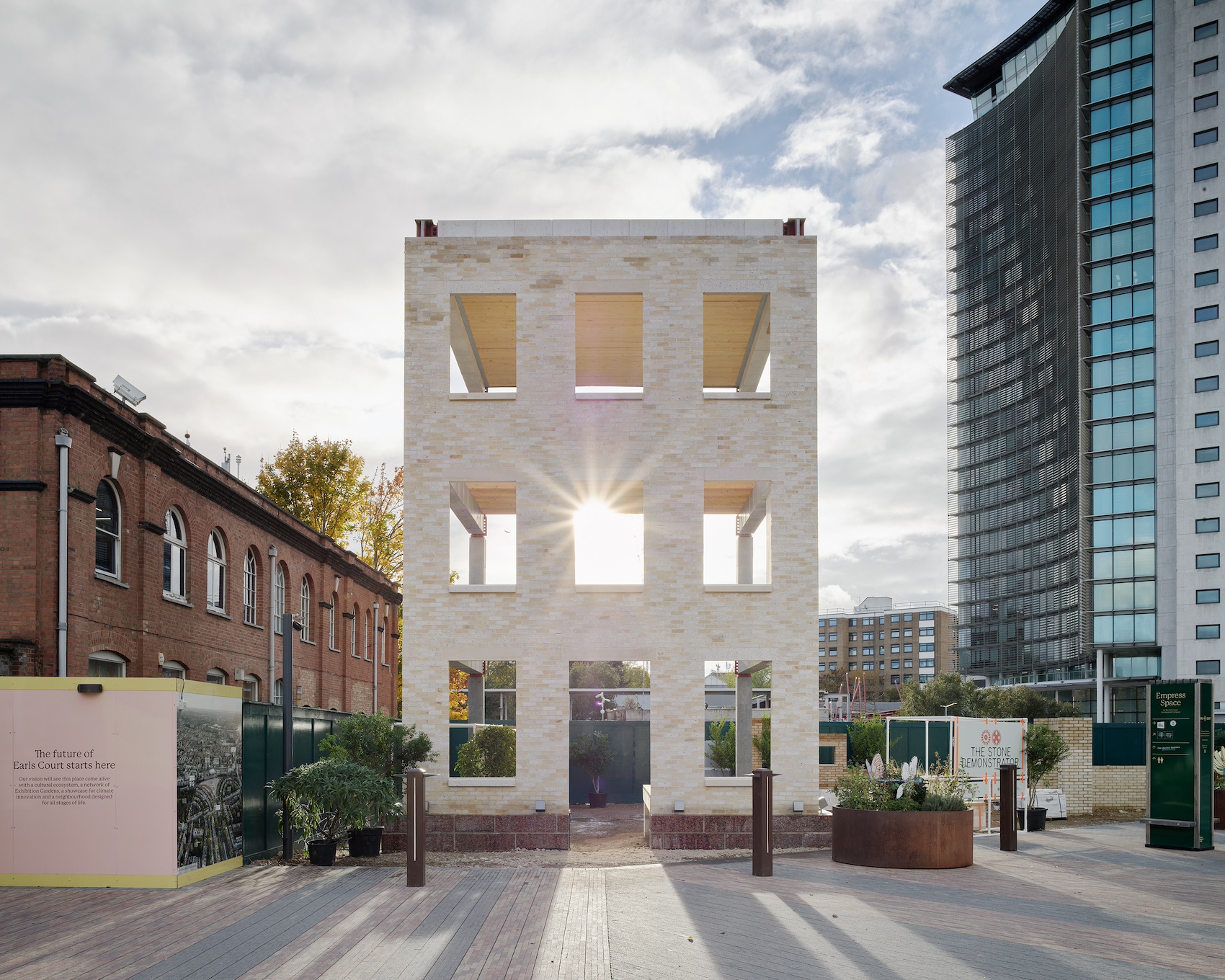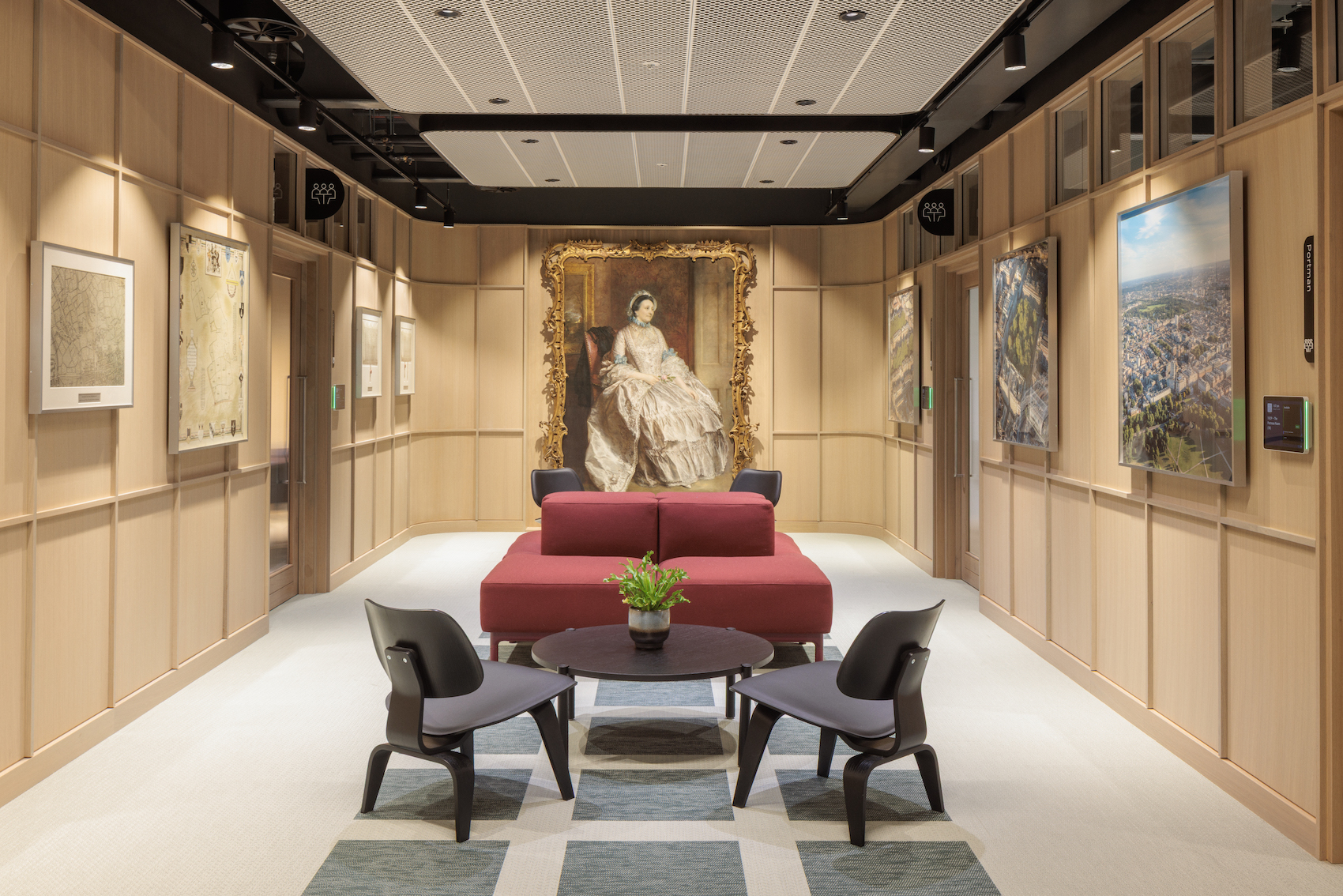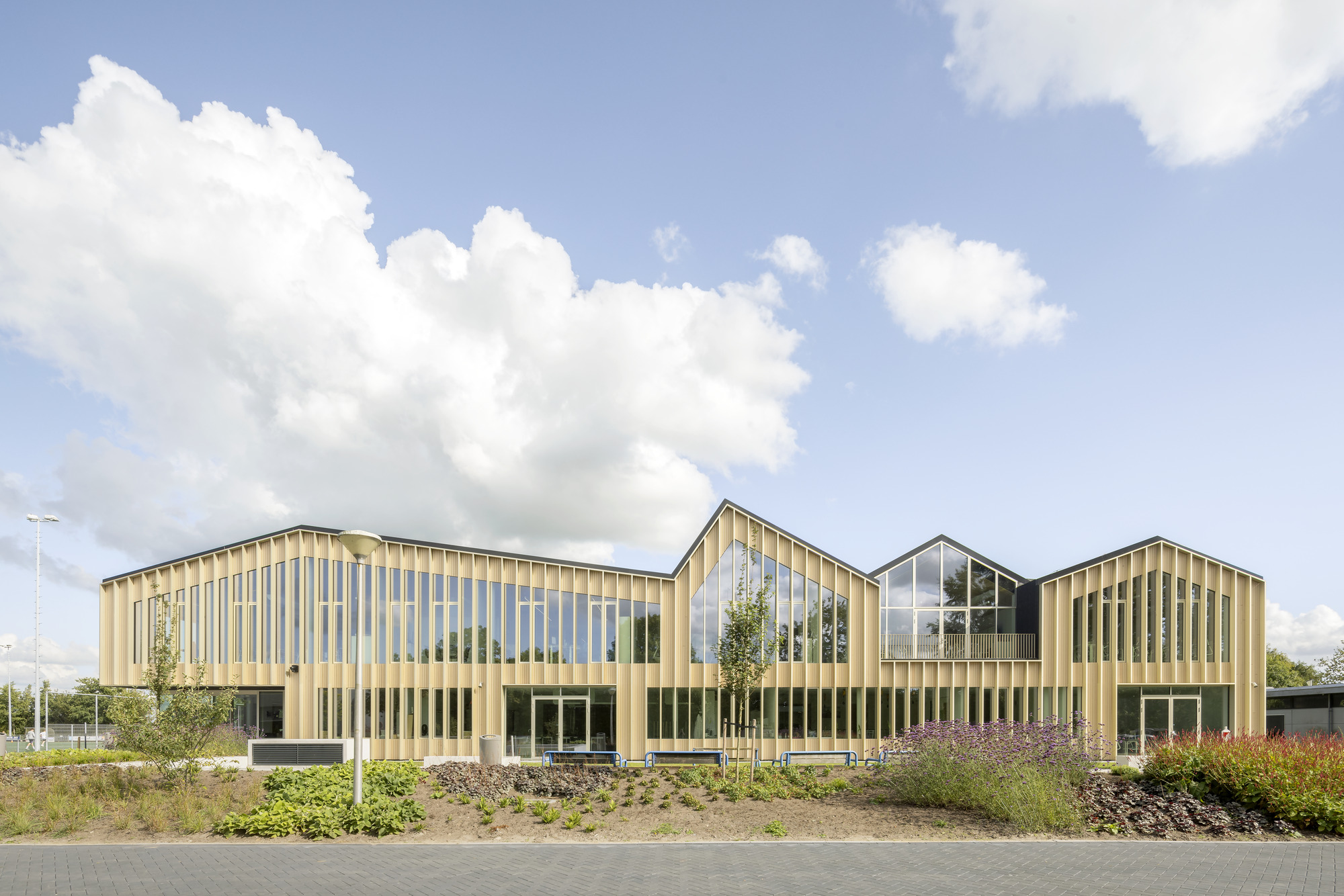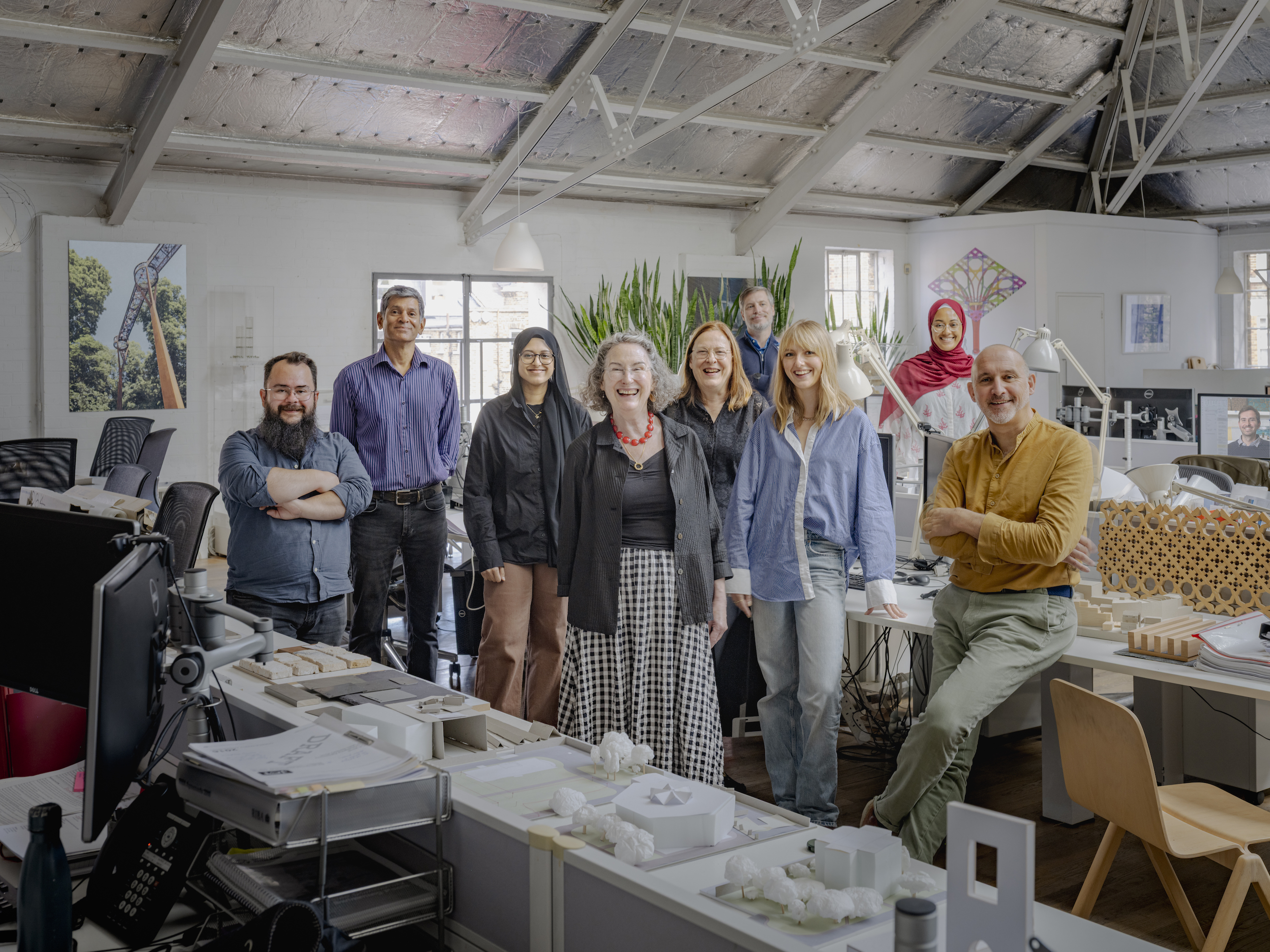Cultural strategist and founder of ‘Company, Place’ Vickie Hayward talks to AT about the role of art in placemaking and a new multi-disciplinary programme linking art and science at the University of Oxford’s Begbroke Innovation District, informing a masterplan by Hawkins\Brown.
What is ‘Company, Place’ and what does the company set out to achieve?
We are a small organisation specialising in arts and culture initiatives for the built environment, with a particular focus on materiality and process. I have always worked on providing supported opportunities for creative practitioners to work in social spaces; my career started in bars and although over many years the scale and sites have certainly changed; the principle to me remains the same — at the core it’s about bringing people together.
I set up Company, Place in 2018, its name coming from the ambition to always be working collectively and in the company of many, to produce work that is for and from its place. What that has meant in practice, is that although people are very much at the core of the work, our notions of authorship and community have expanded beyond that over time to be much more inclusive of the materials and natural world.
What’s going on at the Begbroke Innovation District?
Led by Hawkins\Brown architects, the district’s masterplan centres around the existing University of Oxford’s Begbroke Science Park; radiating out from that would be a series of proposed high quality green spaces for all types of inhabitants, flora and fauna.
Rather than being implemented after design, the arts strategy has been prioritised by Oxford University Development in early phases. As our practice is so materially led, we are quite driven to make site specific works, both in concept and composition. It was understood this work could help inform Hawkins\Brown’s material choices and influence the landscaping of the site. The strategy is intended to act as one of the starting points for the district, helping to shape the area-design guidelines and to define the district as it develops.
Rendering of how the masterplan by Hawkins\Brown could look. (Credit: Hawkins\Brown)
How have you been engaging the Begbroke community?
An early start provided us with the space to keep the engagement pretty broad, testing out and understanding what the local appetite for participating in the arts programme might be.
With our current cohort of practitioners we have hosted a variety of creative workshops and events, from a deep listening exercise with farmers to a collaborative permaculture research project with Oxford Brookes students from the Digital Craft in Architecture MA programme. We have also been experimenting with an incredible wood coating that uses nanotechnology developed by Energenics, a company based in the science park, by combining it with natural pigments. So far, so fail, on that last one, but we remain enthusiastic.
We are keen to think about community in wider terms than just people, especially in the context of this work. Since the aim of some of the projects is to positively impact biodiversity, we see everything that inhabits our shared space, right down to the microbes in the soil, as our community and collaborators.
What artists/practitioners have you been approaching and what have you been asking them to do?
Our programme is entitled ‘Another Landscape’ and is focused on site specific interventions within the landscape from a range of practitioners. Because of the scale and context, a lot of the works serve as amenities and natural spaces for people to be in and be a part of.
The first work to be completed is a series of modular structures by the architecture and design association STORE, led by architectural designer Kaye Song in partnership with engineers Structure Workshop. The canvases house an annual rotating art commission and, with the addition of a few hay bales, can be configured into a theatre for music performances or cinema screenings, creating a defined space for cultural activities within the surrounding landscape. The structures are roadworthy and can be relocated and reused, which provides an incredibly agile opportunity for art to appear across a developing site.
The ‘Weed Garden’ is a work in progress by Assemble and garden designer Sarah Alun-Jones, serving as both an artwork and an inventive biodiversity initiative. The garden celebrates, and hopefully will change some perceptions of plants that many would usually regard as weeds. It is also in response and contrast to the history of the site, formerly home to the British Weed Research organisation.
Jaimini Patel is our first artist in residence, and while she is still at the beginning of her journey, she is intent on exploring the site and ideas around self-sustaining systems, permaculture and how we, as humans, can have a more reciprocal relationship with the land.
The Outdoor Canvas by STORE is modular and multifunctional, meaning it can pop up in a variety of places, such as a field, and be erected either to display art or screen films among other uses. (Credit: Kaye Song)
In doing so, how have you been prioritising local materials, craft, knowledge exchange, co-design, experimentation and local stewardship?
STORE are amazing at creating opportunities for young people to be involved in ambitious projects and they hosted a number of workshops as part of the Outdoor Canvas project. The series included creative structural engineering, solar-powered cinema set-ups and photogrammetry.
As with so much of Assemble’s work, they have drawn inspiration and materials from the condition of the site as they found it: a space partially enclosed by a large, mature beech hedge, comprised of soil mounds and ‘weeds’ such as Linaria, Teasel and Verbascum. The hard landscaping is built using locally sourced oolitic limestone from Grange Hill Quarry, about 28 miles away. The stone wall was constructed by the science park’s next door neighbour Love Dry Stone, a most passionate and enthusiastic team of stone wallers.
The focus of Jaimini Patel’s work, entitled ‘Autopoietic’, has really been around knowledge exchange and local stewardship: she has been researching space to grow, cultivate, archive and preserve materials. Through this she discovered Hügelkultur, from the German hügel for mound or hill and kultur, for cultivation or culture. It is a relatively self-sustaining no-dig gardening technique, and we built our first test hügel for the Cherwell Collective in their community allotment, together with BFA and MFA students from The Ruskin School of Art at the University of Oxford.
When should we visit Begbroke to see the fully flourished results?
Fully flourished is a little way off, as we are on the seasons’ timeline and things will naturally slow down over winter, but we should have some good growth by summer next year.












